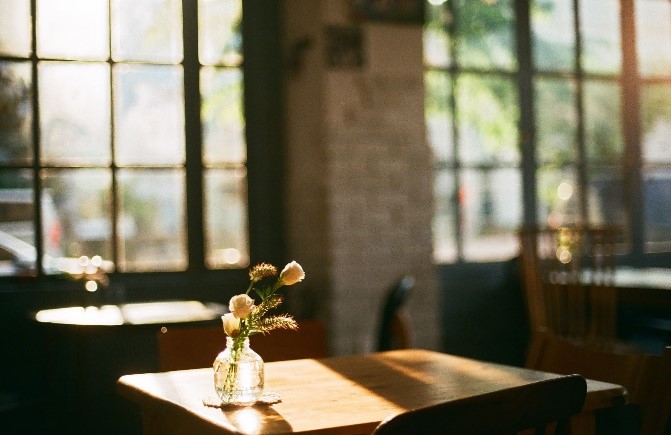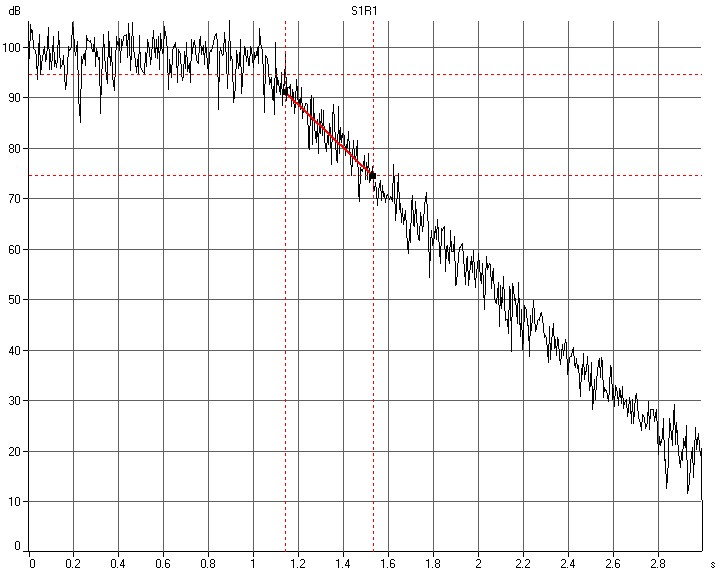With the end of the Eat Out to Help Out scheme upon us, our Director Ian has been reflecting on his recent experiences of the acoustics of restaurants and similar spaces.
Your acoustic comfort is all around you and it is something you seldom realise is affecting you. Unlike the temperature, or the lighting, the acoustics of a space are being unconsciously noted and fed into your physical state and determines whether you feel relaxed or stressed.
Eating out or having a drink in a pub with friends is a very popular pastime. A recent survey by Zagat in the US found that noise was the second ranked compliant amongst diners and another striking consequence of a separate study is that that loud noise can dull the taste and sadly impairs perception of the chef’s hard work.
It seems unbelievable in 2020 that there are no mandatory requirements for the acoustic comfort of commercial spaces like restaurants; Instead it is left up to the owner and is a commercial decision. Today’s clientele are, in my opinion, much more aware of their wellbeing and there is a swell of interest in the acoustic design of commercial premises. People want to spend their hard-earned free-time relaxing in a nice environment.

A Quiet Conversation
When you are out socialising you inevitably spend time speaking and listening to others around you. The acoustics of the human voice have been well documented as have the psychoacoustics of what happens when you immerse people into noisy environments. You will have heard of the Lombard Effect (named after the French otolaryngologist Etienne Lombard). The effect is where you subconsciously raise your voice to be heard over the noise around you and is also observed in other animals. This is a self perpetuating effect which is readily observed in rooms with lots of people, such as a pub or dining hall as people each raise their voice to be heard over the babble of everyone else who are also raising their voices.
What starts out as an intended quiet conversation, can in the right environment become a full-on shouting match just to be heard.
But there is nothing you can do about it, right? Well no actually, there is a lot that can be done and the Scandinavians have been doing it for a while now!

Reverberation Time
The way sound bounces around a room and takes time to dissipate is one of the fundamental measures of room acoustics. We often use a parameter called Reverberation Time to categorise a space, but this also tells us about how much sound absorbing material is within the room.
Sound energy is dissipated at reflections, with soft materials taking away a greater share of the energy than hard materials. It is also true that sound will meet the perimeter of a smaller room more frequently than in a large room because there isn't as far to travel between each reflection. The size of the room therefore plays a part in the reverberation time.
A simple metaphor would be to liken the room to a bank account, with the voice making a deposit of sound energy into the room, and the absorptive materials making a withdrawal. If you put in more energy than you remove the bank balance, or energy density in the room, will increase. Likewise, once you start taking out more than you put in the level will reduce.

Design for a Better Experience
Achieving the right acoustic conditions to enjoy the food or drink, and have a good chat with your friends requires the room to be designed so that you can hear each other. Although this seems like a really basic test for success, it really is as simple as that.
The complexities of how you achieve intelligible speech can be left to Red Twin’s acoustic engineers, but in essence we want the sound of a person speaking to be at least equal to the background noise coming from everything else. (More onerous targets can be applied for people with impaired hearing, such as the elderly).
To avoid the need to raise your voice we would do this through a reduction in the background noise which is accomplished through making changes to how the room sounds by changing the finishes, by altering the layout to create quieter areas, and sometimes by altering the number of people or the room shape. The key aspect of the design is finding the right balance, because as you start to make the space quieter, the Lombard Effect kicks in in reverse and the occupants begin to quiet down too.
At Red Twin we can create a 3D acoustic model of any space, including the people in it to assess how a room and it's occupant's respond. We can then use that same model to prototype making changes and even offer you the ability to listen to how it sounds before you do anything.
The theory, the tools and the products are all readily available to improve the acoustic experience of commercial and public spaces for clients and customers.
With the government assistance scheme coming to an end, offering the best experience, including the best acoustic experience is going to be key to maintain footfall.